Some of the world’s top furniture designers and gallerists assess whether the tables are turning on the chair’s dominance as a design icon
Look at any furniture designer’s portfolio and there is likely to be a proliferation of chairs. Hans Wegner designed a host of fantastic chairs (including the iconic 1950 Wishbone Chair), but was less interested in designing tables. And Ray and Charles Eames considered a chair to be “architecture that you can hold in your hand”.
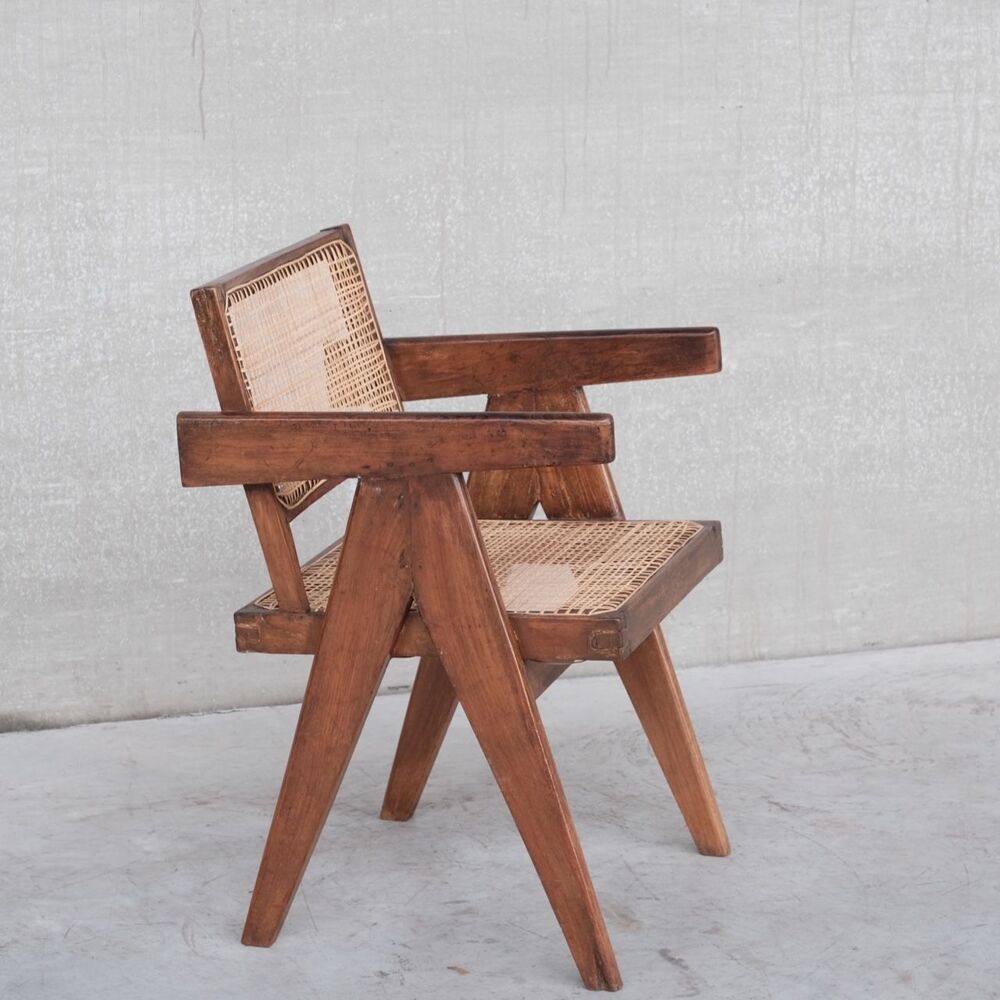
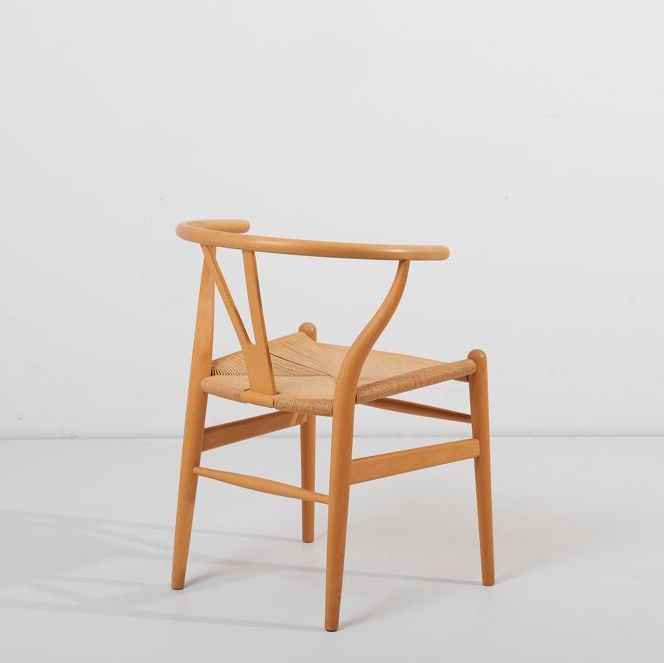

There is much talk of the chair being the hero of furniture, “thanks to its symbolism around dignity, authority and the human form”, as Loïc Le Gaillard, co-founder of Carpenters Workshop Gallery (CWG), puts it. “As we saw at the coronation of King Charles III, the throne is central in representing the seat upon which he holds the title and holds the nation.” And at CWG’s new space in Notting Hill, David Adjaye’s Yaawa exhibition has a chair displayed on a pedestal – “as a tribute to its importance”, Le Gaillard says.
Joshua Aibel, co-director of Philadelphia’s Moderne Gallery, echoes this, adding: “The artists I work with strive for a challenge – they want to solve problems and the chair continuously offers that.”
The artists I work with strive for a challenge – they want to solve problems and the chair continuously offers that.
Joshua Aibel, Moderne Gallery
So, at the design-art end of the spectrum, gallerists see the chair as an artistic opportunity, where ‘ideas about chairs’ are explored, and only suggested function is necessary. A really fancy chair draws the eye, and can command a room.
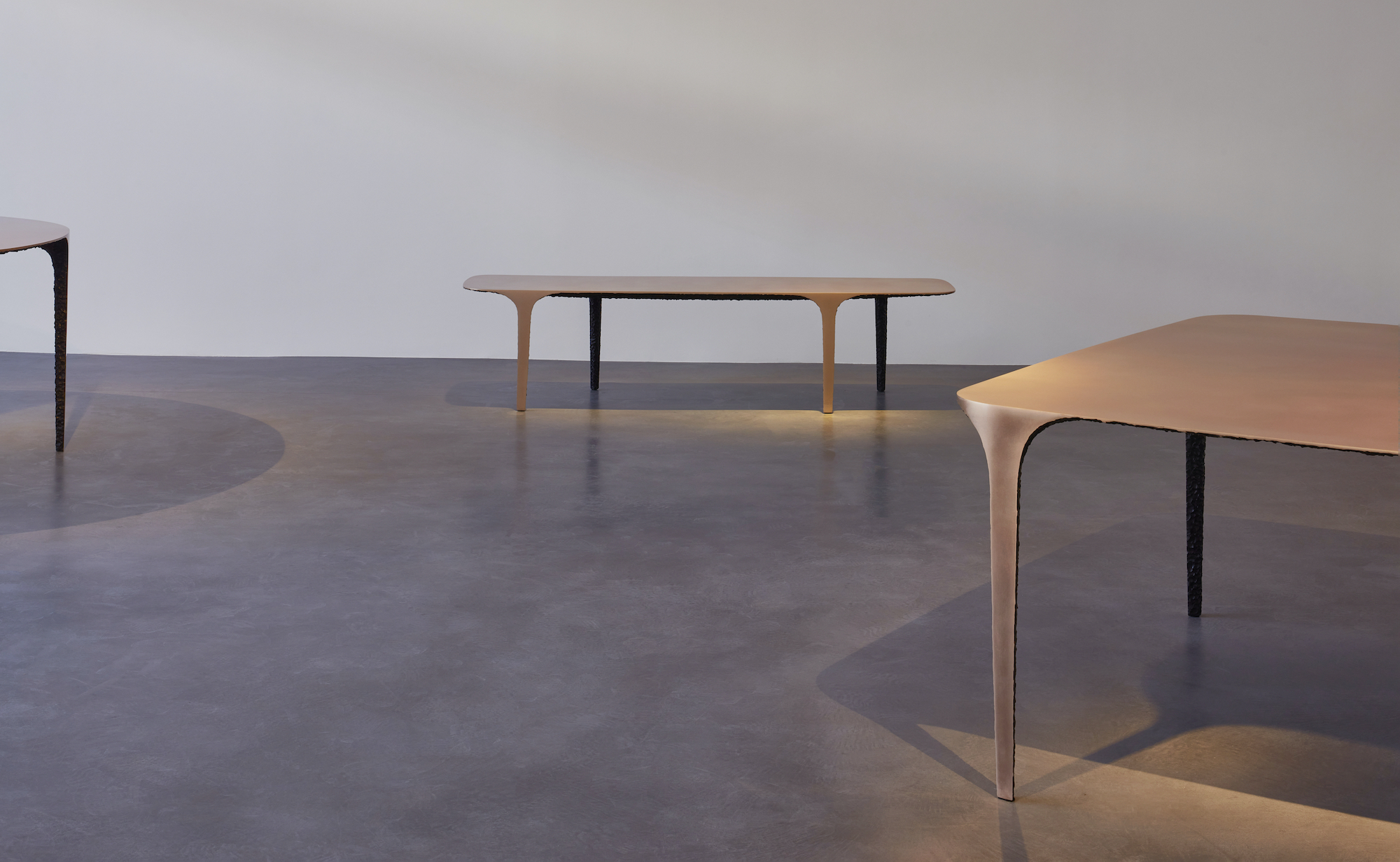
At the mass production end of the spectrum, constraints influence outcomes, allowing designers to get their teeth into the challenge. “Brands and manufacturers might want a chair to have a strong visual identity,” says Kim Colin of Industrial Facility, “but also, functionality, structure, materials and distribution are important, alongside thinking about the chair’s presence in multiples, which is the kind of sales they aspire to.” Colin and partner Sam Hecht have a number of chairs to their name, including the S220 collection, their reinterpretation of Thonet’s classic bentwood chair.
Whether one-offs or mass production, there’s the perception that chairs are tricky. “There’s a legacy that chairs are difficult to innovate,” says Knud Erik Hansen, CEO of Carl Hansen & Son. “They have four legs, a back rest, a seat, and to make some changes you need some talent, or it will look like a copy.”
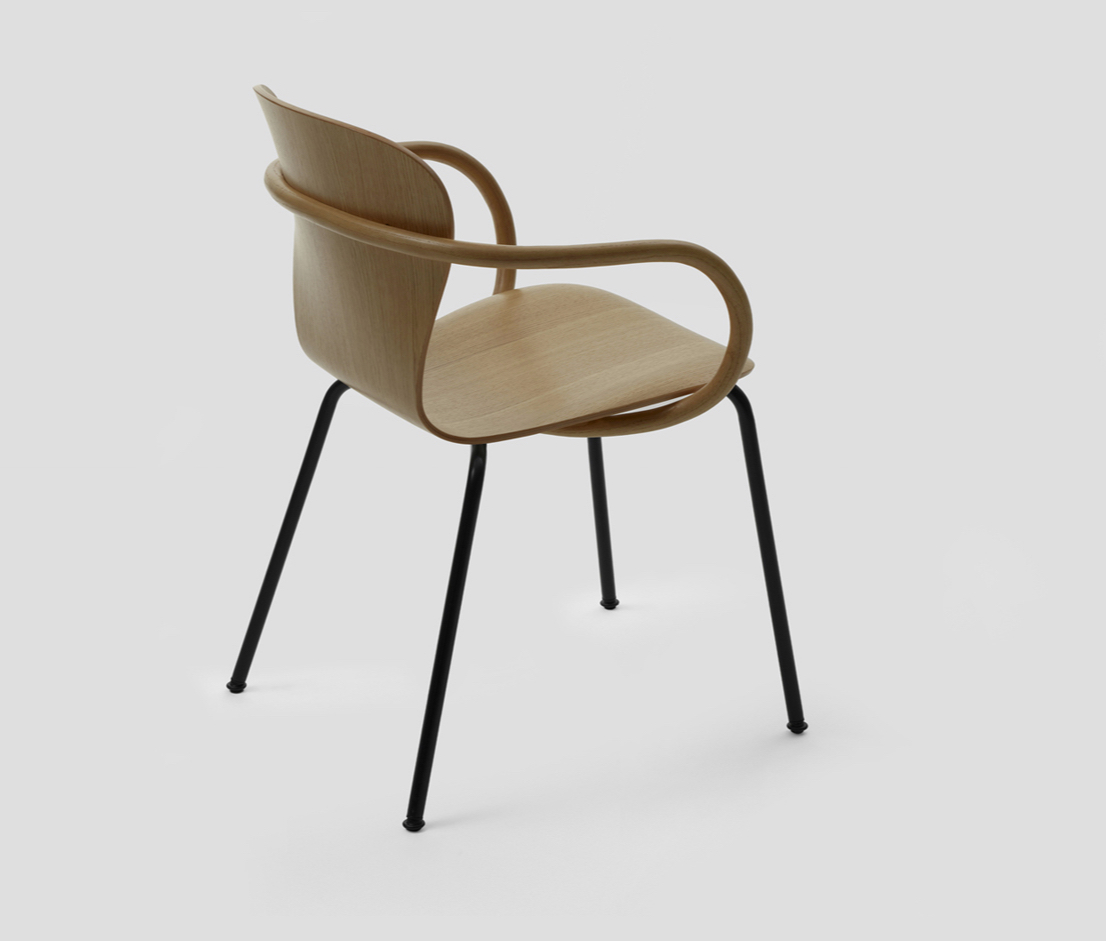

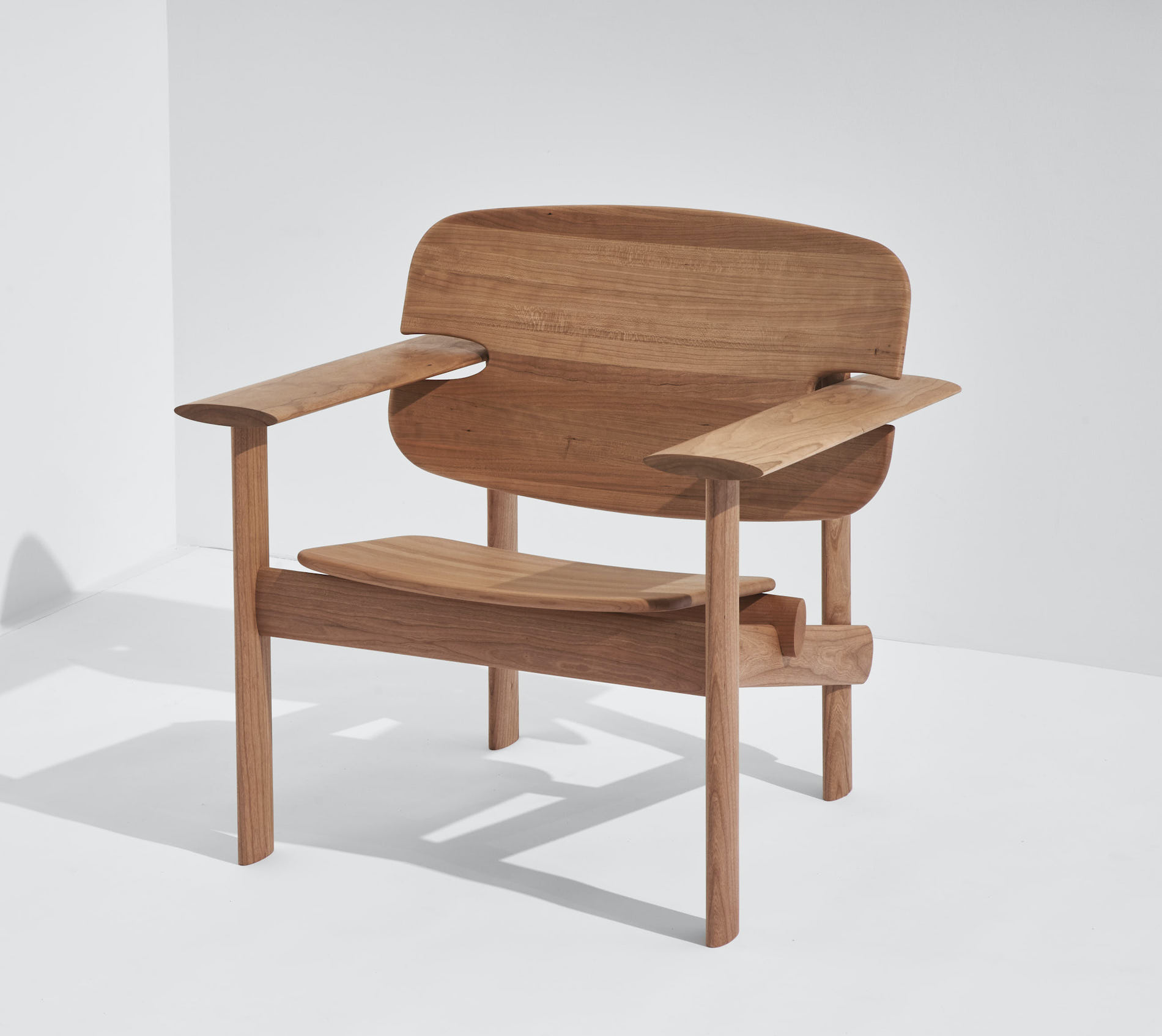
In contrast, the table is typically lower down the furniture pecking order. This is particularly to do with quantities. As so many more chairs get bought than tables, it’s not unusual for showrooms to pair “an inferior table with very beautiful chairs,” says Hansen, “in order to make a package which is cheap.” Likewise, restaurateurs may splash out on some classy chairs, then save money on tables, and mask their penny-pinching with tablecloths.
The table’s lower status is due to both its form and function. It’s a simple concept, merely comprising a base and a flat surface – the former offering strength and the latter durability. As Aibel puts it: “There aren’t that many design choices.” And rather than supporting our precious bodies, they support whatever we place on them.
But when Mandela made that comment, perhaps he was picturing people sitting down around a table. Indeed, in recent years, the role of the table has gained significance. In many homes, offices, hotel lobbies and cafes now, a table has to multi-task as a place for eating, working, schooling and socialising. They can also define a room’s purpose and our path through it.



“Tables are more important than ever, because so much life happens on their surface and around them,” says Colin, “Chairs support individual bodies; tables support community and collaboration.” Which surely means it’s high time that table design was re-evaluated, and even elevated.
Tables are more important than ever, because so much life happens on their surface and around them. Chairs support individual bodies; tables support community and collaboration.
Kim Colin, Industrial Facility
It is the increasingly critical role of tables that the Eames Institute of Infinite Curiosity is celebrating with its online exhibition, Tables! Tables! Tables! “Today as we reorganise our homes to be living and working spaces, tables are being recognised and appreciated in new ways,” says Llisa Demetrios, the Eames’s youngest granddaughter and the institute’s chief curator.
In her essay that accompanies the exhibition, Colin, who has created tables for Emeco, Herman Miller, Mattiazzi and TAKT, defines her ideal. “They should be beautifully purposeful when full or empty, with people around them or left alone in a room; they should be as thoughtfully considered from above as below, with quality connections and materials that give life to the product from every angle; they should offer goodness not only in use, but also during production, shipping, and storage; they should support wide ranging activity, only limited by imagination over time.”

And while the basic components are limited, there is scope for designers to play with materiality, shape and height, to create real variety and character. The Eameses demonstrated this in in 1964, with their Segmented Base Tables, whose shape and size could be easily altered.
Hansen sees this shift in status playing out in his showrooms. His firm’s sales of tables are on the up, as some customers, particularly in Asia, “now want the whole package. People are getting more and more design-conscious and quality-conscious. And we don’t want to throw things away.” A well-designed table should last at least one lifetime.
And maybe tables have been victims of their own success – so effective that we have ignored them. “Ray and Charles talked about the idea that something can be so well designed that one forgot that it was designed,” says Demetrios. “That can happen with tables, which are sometimes overlooked because they look so simple and understated yet are working within many constraints.” Maybe it’s time tables stopped hiding in plain sight.
8 iconic vintage tables
1. Saarinen Tulip Table
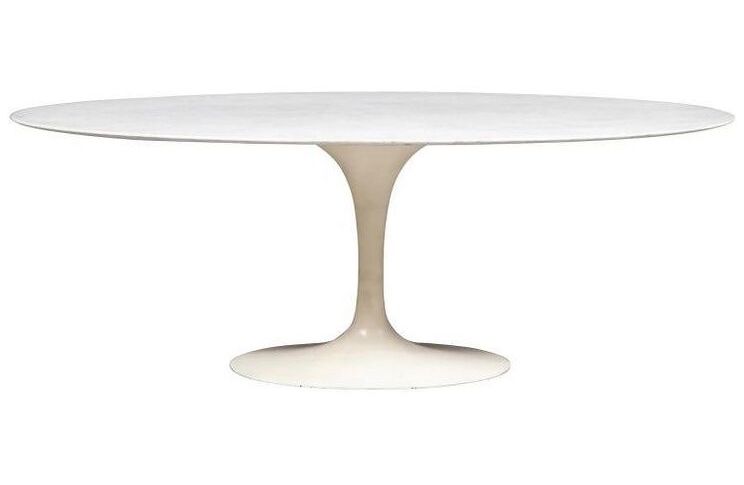
The Saarinen Tulip Table is part of the the Saarinen Collection of dining tables, which was introduced by Knoll in 1957. Eero Saarinen wanted to tidy up what he saw as the ‘slum’ of legs with traditional tables and chairs. So he created the sculptural and monobloc bases, hence the collection’s nickname: Tulip.
2. Hans J Wegner 1962 CH326 Dining Table
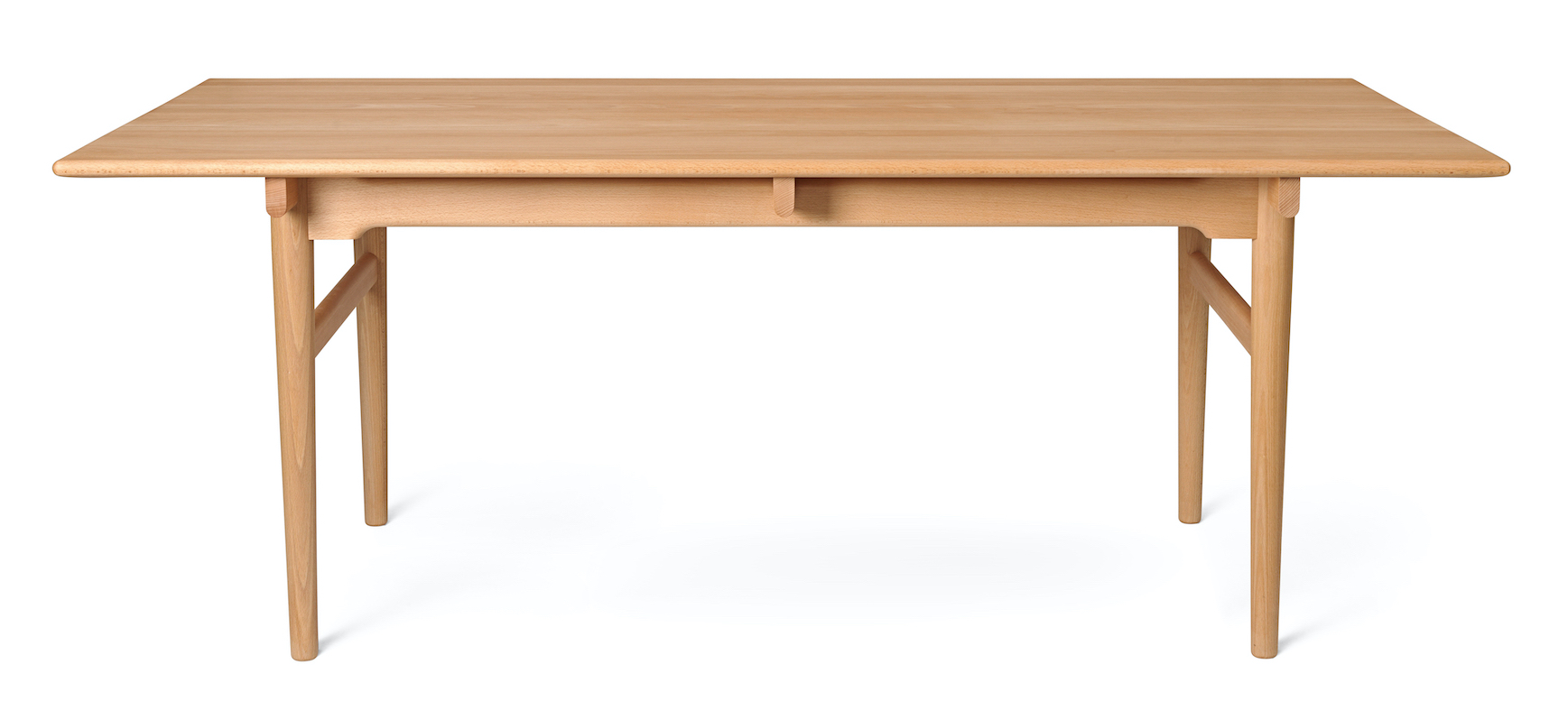
Hans J Wegner’s CH327 6-person dining table from 1962 for Carl Hansen & Son has an unusual design where the tabletop appears almost to be floating. It has now been in production for more than 70 years.
3. George Nakashima 1965 Conoid Dining Table
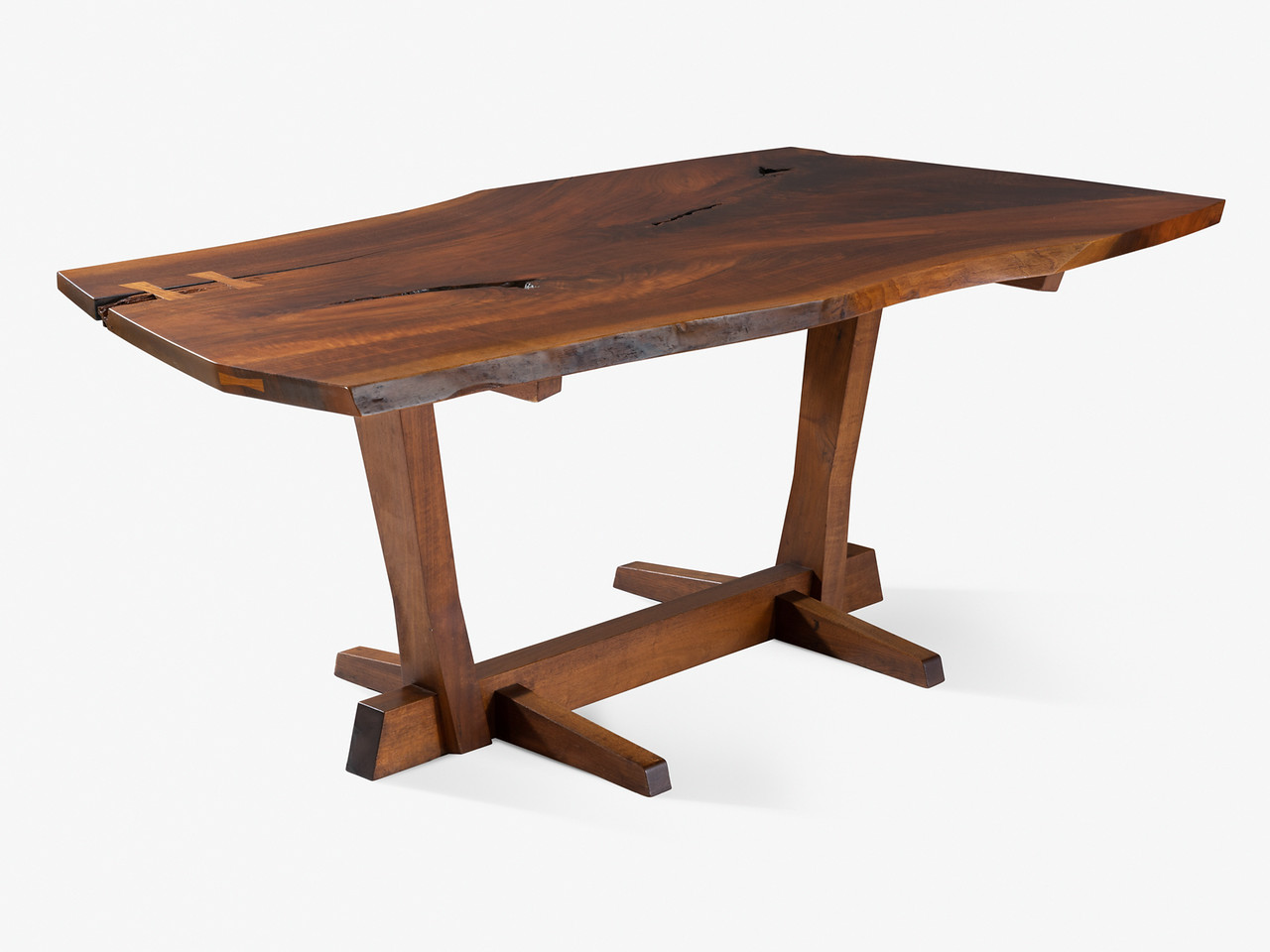
George Nakashima was well known for his tables. Each was unique, though the base design repeats. “He was able to elevate the table from functional to artistic, sculptural form, that people would build a room around,” says Aibel. The Conoid Single-Board Dining Table champions the natural contours of the tree from which the wood was hewn.
4. Nogushi Table for Herman Miller, 1947

The Noguchi table was designed in by Japanese American artist and industrial designer Isamu Noguchi, and introduced by Herman Miller in 1947. Noguchi joined a curved, wooden base with a freeform glass top, to create a sturdy and durable table.
5. The Willy Rizzo 1970s Coffee Table
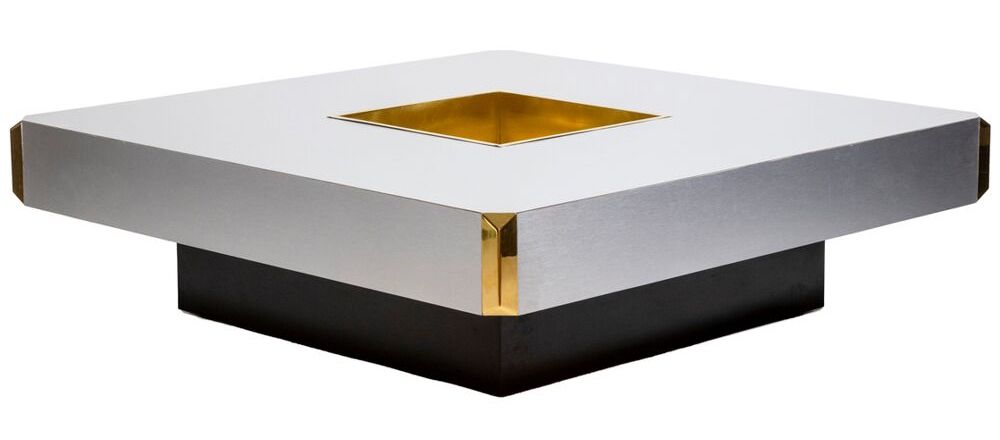
Nothing evokes soirées in 1970s Paris and Rome like the furniture designed by legendary mid-century photographer Willy Rizzo. This model, in aluminium and gilded brass, includes his signature hollow space in the middle.
6. Hans Wegner 1950s AT-312 Dining Table

The Hans Wegner AT-312 was produced throughout the 1950s by Andreas Tuck, Denmark; and with its pared-down construction is an essential Scandinavian Modern table in teak with oak legs and with sliding extenders, ideal for seating six to 10 people.
7. Jose Zanine Caldas 1960s ceramic-topped dining table

Jose Zanine Caldas’ 1960s ceramic-topped dining table features used ceramic tiles that the Brazilian designer collected from demolition sites. The cavity in the tabletop creates an interesting pattern and functional element.
8. Ray and Charles Eames 1946 CTW (Coffee Table Wood)
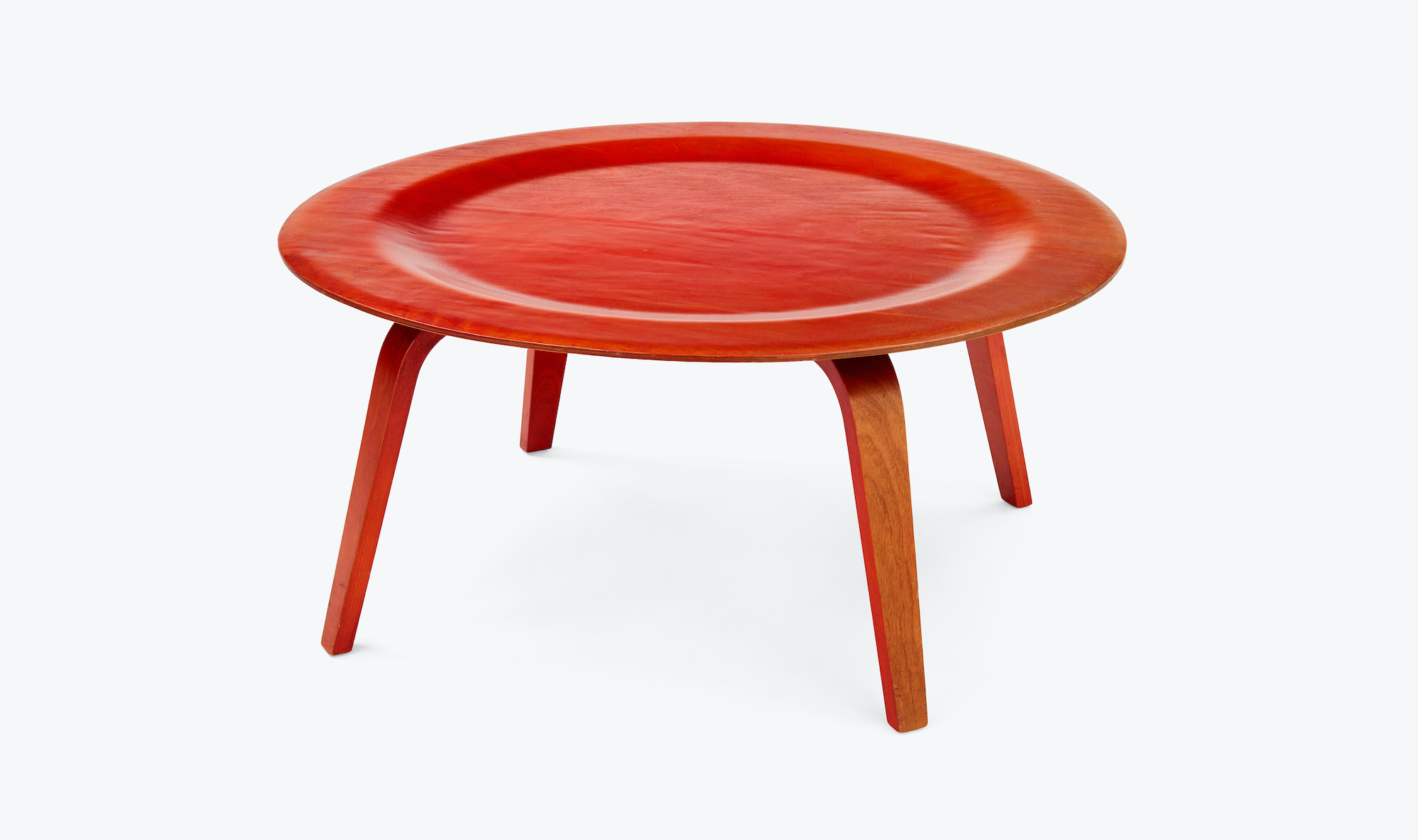
The red four-legged CTW (Coffee Table Wood) by Ray and Charles Eames was released as part of the plywood group of furniture in 1946. It consists of a circular five-layer plywood top, sitting upon four matching legs of bent ply to a near 90 degrees.
Read more: Interiors | Vintage I Design | Furniture | Gallerists | Mid-Century | George Nakashima | Interior Designers


